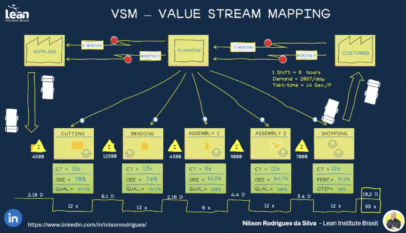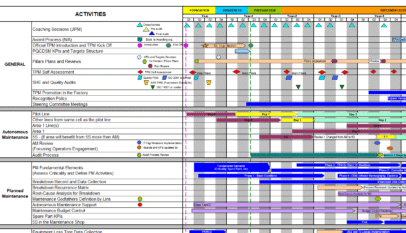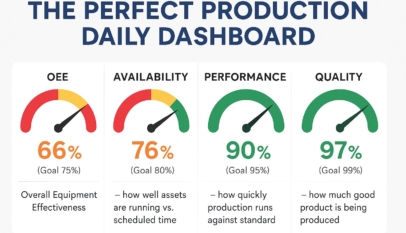The field of industrial automation is fast-paced and filled with advanced technology and components that make complex operations seamless. However, one indispensable component that often goes unnoticed is the pneumatic cylinder. Given my extensive experience of over 20 years exploring the foundational principles of diverse technologies, I am confident in simplifying the operating principles of pneumatic cylinders for you.
What is a Pneumatic Cylinder?
At its core, a pneumatic cylinder is a mechanical device that produces force, often in a linear motion, using compressed air. You can think of it as a powerhouse that converts potential energy stored in compressed air into kinetic energy, allowing various tasks in an industrial setup to be executed.
Breaking Down the Operation:
- Intake of Compressed Air: The cylinder’s operation begins when compressed air is introduced into the chamber through a port. This air pushes against the inner surface of the chamber and the face of a movable piston situated inside.
- Piston Movement: As the compressed air exerts pressure on the piston, the piston moves in the direction of the applied force. This movement can either be extendable (pushing the piston out) or retractable (pulling the piston in), depending on where the air is introduced.
- Exhaust: Once the piston reaches its maximum or minimum extension (based on design and application), the air used is exhausted out of the cylinder through a different port, ensuring the system doesn’t get over-pressurized.
Types of Pneumatic Cylinders:
The diversity of applications demands a variety of pneumatic cylinders. Here are the basics:
- Single-Acting Cylinders: These have one port to allow compressed air in. The air pushes the piston in one direction, and an internal spring is used to return the piston to its original position once the air is exhausted.
- Double-Acting Cylinders: More common in industrial applications, these cylinders have two ports. Air is introduced through one port to push the piston in one direction and through the other to retract it, allowing for more controlled and consistent operations.
Key Advantages:
Pneumatic cylinders are not just randomly chosen for tasks. Their benefits include:
- Simplicity & Reliability: With few moving parts and a straightforward operation, they often have longer operational lifetimes with minimal maintenance.
- Cost-Effective: Compared to their hydraulic counterparts, pneumatic cylinders are generally more affordable and easier to install.
- Safety: The use of compressed air means there’s no risk of leaks causing fire hazards, unlike hydraulic systems which use flammable oil.
Final Thoughts:
The principles behind pneumatic cylinders might seem simple, but their impact is monumental in the world of automation. As industries evolve, so will the technology behind these components. But for now, whenever you see a robotic arm in a factory or an automated door in a subway station, remember the humble pneumatic cylinder, operating silently behind the scenes, making it all possible.
Whether you’re an engineer, an industry enthusiast, or someone who stumbled upon this article out of sheer curiosity, I hope this deep dive illuminated the fascinating world of pneumatic cylinders for you.


















